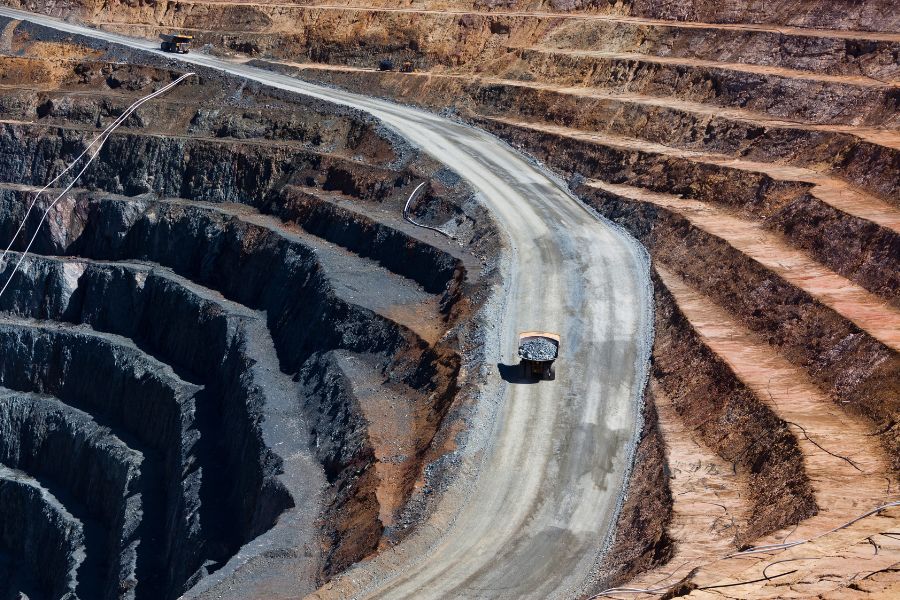2024’s Largest Mines: Discover the World’s Massive Mining Operations
Mines are essential sources of raw materials for various industries, including construction, manufacturing, and energy production. With the growing demand for these materials, mines are becoming larger and more advanced to meet the global needs. According to a report by GlobalData, a leading data and analytics company, the world’s largest mines are projected to produce 1.4 billion tonnes of minerals by 2024.
But what determines the size of a mine? There are several factors that contribute to a mine’s size, including:
- Mineral reserves, which refer to the amount of mineral deposits present in a mine.
- Production capacity, which is the maximum amount of material a mine can produce in a given period.
- Operational efficiency, which refers to the effectiveness of a mine’s operations in extracting and processing minerals.
The largest mines in the world are primarily focused on four types of minerals: copper, gold, iron ore, and coal. Currently, the largest copper mine in the world is Escondida in Chile, while the largest gold mine is Grasberg in Indonesia. Vale’s Carajás mine in Brazil is the largest iron ore mine, and North Antelope Rochelle, located in the United States, is the largest coal mine.
China, Australia, Russia, and the United States are the top countries with the largest mines in terms of production capacity and reserves. These countries are also investing in expanding and developing their mines to meet the growing demand for raw materials. Technological advancements, such as automation and remote operations, are also expected to increase the efficiency and productivity of these mines.
Additionally, there is a growing focus on the social and environmental impact of mining, leading to the implementation of sustainable practices and regulations. In conclusion, the world’s largest mines are continuously evolving to meet the global demand for raw materials. With advancements in technology and sustainable practices, these mines are expected to remain essential sources of minerals for various industries in the future.
What Are the World’s Largest Mines?

The world’s largest mines include:
- The Escondida copper mine in Chile
- The Bingham Canyon Mine in the United States
- The Grasberg mine in Indonesia
These mines are renowned for their massive production capacities and significant contributions to the global mining industry.
What Are the Factors That Determine Mine Size?
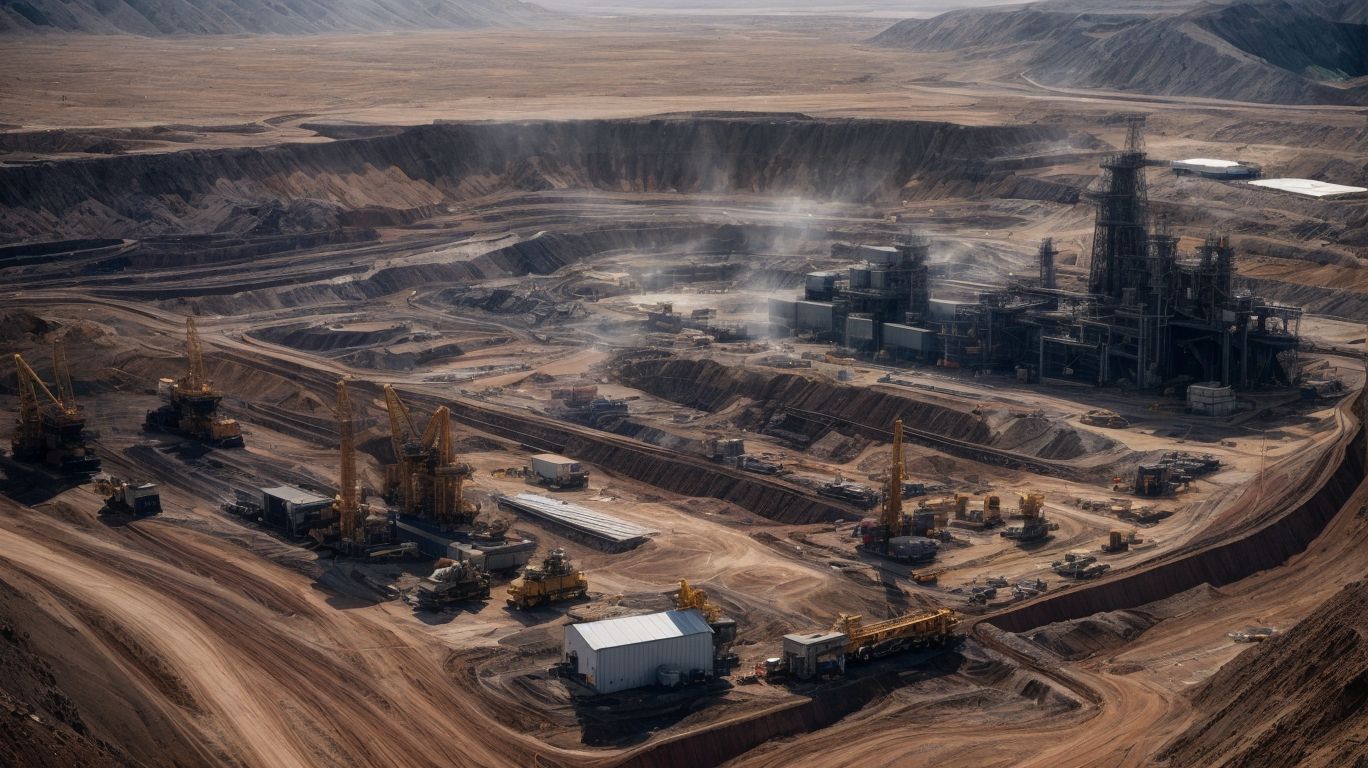
Photo Credits: Miningresume.Com.Au
When it comes to ranking the world’s largest mines, there are several important factors to consider. The size of a mine can be determined by various factors, such as the amount of mineral reserves it holds, its production capacity, and its operational efficiency. In this section, we will delve into these key factors and how they contribute to the overall size of a mine. By understanding these factors, we can gain insight into the world’s largest mines and how they operate.
1. Mineral Reserves
Evaluate the geological data to determine the presence and quantity of mineral reserves.
Conduct exploratory drilling and sampling to confirm the extent and quality of the mineral deposit.
Assess the economic viability and feasibility of extracting the mineral reserves.
Throughout history, the discovery and assessment of mineral reserves have driven pivotal advancements in mining, such as the Gold Rush in the 19th century and the modern exploration of deep-sea mineral deposits.
2. Production Capacity
Assess equipment capabilities and limitations.
Conduct regular maintenance to ensure optimal functioning.
Implement efficient production processes to maximise output.
Invest in technology for automation and streamlining operations.
3. Operational Efficiency
Implement streamlined processes to minimize wastage and maximise output.
Utilise advanced technology for improved resource utilisation and reduced downtime.
Invest in workforce training and development to enhance skill sets and productivity.
Regularly assess and optimise equipment performance and maintenance schedules.
What Are the Largest Mines by Mineral Type?
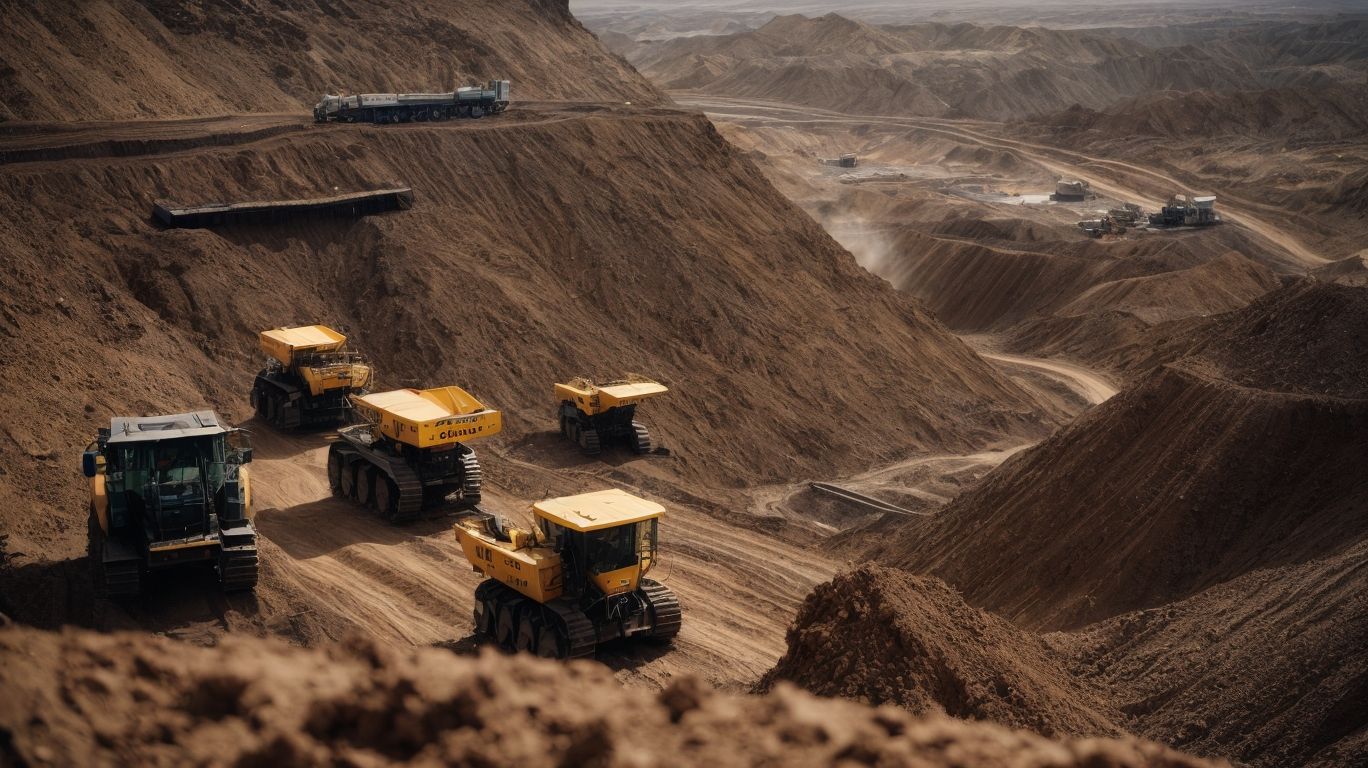
Photo Credits: Miningresume.Com.Au
As the demand for minerals continues to rise, mining companies are expanding their operations to meet the global need. But which mines are the largest in the world? In this section, we will explore the top mines by mineral type. From massive copper mines to sprawling coal mines, we will delve into the impressive scale and production of each of these mineral-rich sites. Get ready to be amazed by the sheer size and output of these world-renowned mines.
1. Copper Mines
Exploration: Conduct geological surveys to identify areas with copper deposits.
Feasibility Studies: Assess the economic viability of mining the copper deposits.
Permitting: Obtain necessary permits for land use, extraction, and environmental compliance.
Infrastructure Development: Build access roads, power supply, and water sources for the mining site.
Extraction: Use methods like open-pit or underground mining to extract copper ore.
Processing: Crush and refine the copper ore to produce copper concentrate.
Transportation: Transfer the copper concentrate to smelters for further processing.
2. Gold Mines
Gold mines vary in size, with the largest ones possessing extensive mineral reserves, high production capacity, and advanced operational efficiency. Some of the world’s largest gold mines include:
- Muruntau in Uzbekistan
- Grasberg in Indonesia
- Olimpiada in Russia
- Pueblo Viejo in the Dominican Republic
3. Iron Ore Mines
Exploration: Conduct extensive surveys to identify iron ore deposits.
Extraction: Utilize drilling, blasting, and excavation methods to extract the ore from the earth.
Transportation: Move the extracted ore to processing facilities via trucks, trains, or conveyor belts.
Processing: Crush and screen the ore to separate it into different sizes before undergoing further refining processes.
Environmental Management: Implement measures to minimize the environmental impact of mining activities, such as reclamation and water management.
4. Coal Mines
- Exploration: Identify potential coal reserves through geological surveys and exploration activities.
- Permitting: Obtain the necessary permits and approvals for mine development and operation.
- Extraction: Utilise mining methods like surface mining or underground mining to extract coal from the earth.
- Processing: Crush, wash, and separate coal to prepare it for transport and use.
- Transportation: Move the coal to its intended destination, whether to a power plant or for export.
Did you know? The largest coal mine in the world by reserve is the North Antelope Rochelle Mine in the Powder River Basin in Wyoming, USA.
What Are the Largest Mines by Country?
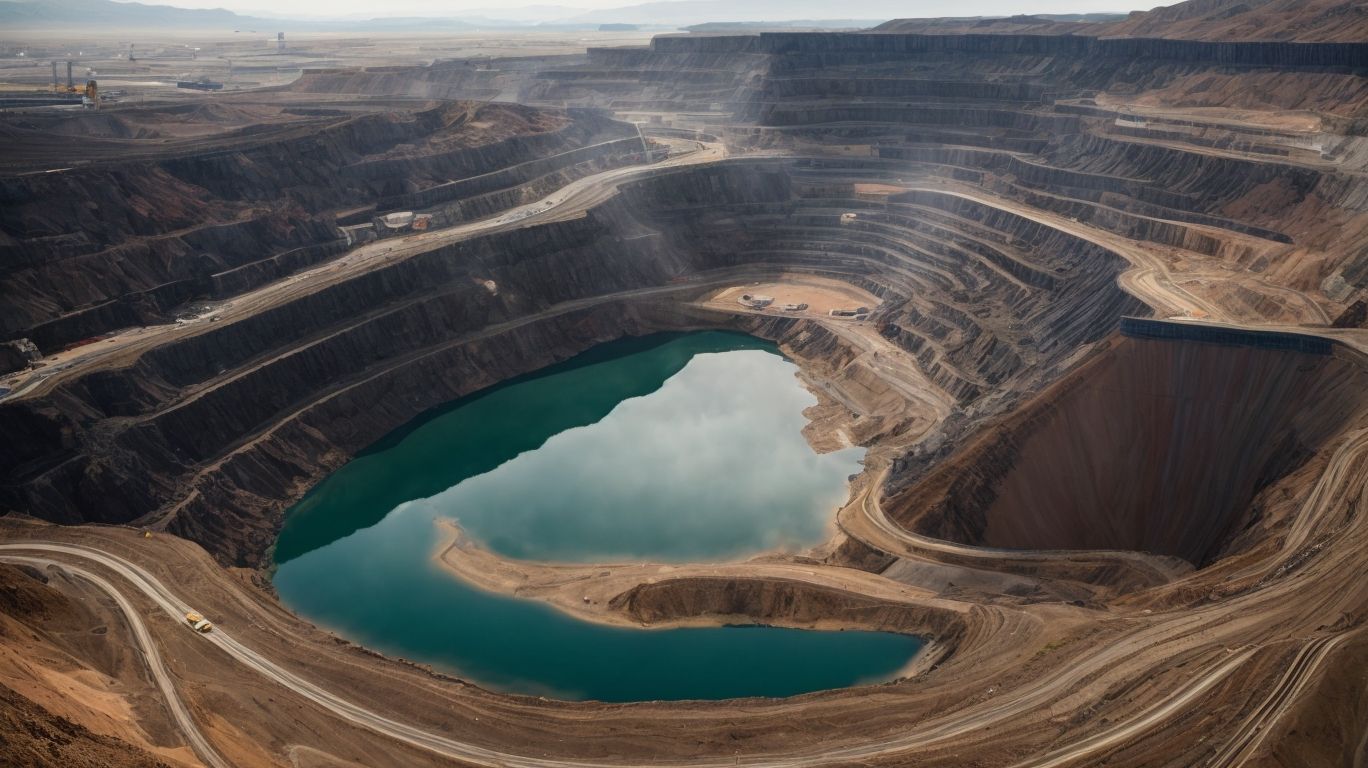
Photo Credits: Miningresume.Com.Au
Mining is a crucial industry that contributes to the global economy and provides valuable resources for numerous industries. But which countries have the largest mines in the world? In this section, we will take a closer look at the top four countries with the largest mines: China, Australia, Russia, and the United States. Each of these countries has a significant role in the global mining industry and their mines are responsible for producing a vast amount of natural resources. Let’s explore what makes these mines the largest in their respective countries.
1. China
China, as the world’s largest producer of coal and gold, is a powerhouse in the mining industry. With significant reserves and advanced production capacity, it leads the global mining sector. The country’s ambitious development plans and focus on technological advancements position it for continued dominance in the future of mining.
In a similar tone, a fascinating true story involves a Chinese mine that unearthed a massive gold nugget, sparking a surge in local mining interest and economic growth.
2. Australia
Australia is a significant player in the global mining industry. It boasts some of the world’s largest mines, such as the Super Pit gold mine and the Olympic Dam copper-uranium mine. Factors contributing to Australia’s prominence include vast mineral reserves, high production capacity, and operational efficiency. With expansion plans and technological advancements, the future outlook for Australian mines is promising. To stay competitive, prioritising environmental and social impact is crucial.
3. Russia
Rich in Resources: Russia is abundant in various minerals, including nickel, platinum, and palladium.
Leading Copper Producer: With substantial copper deposits, Russia ranks among the top producers of this mineral globally.
Iron Ore Reserves: Russia possesses significant iron ore reserves, contributing to its position as a major player in the global iron ore market.
4. United States
The United States hosts some of the largest mines globally. Notably, the Bingham Canyon Mine in Utah is one of the most extensive copper mines, while the Goldstrike mine in Nevada is among the largest gold mines. Additionally, the United States ranks high in coal production, with mines such as the North Antelope Rochelle Mine in Wyoming being prominent contributors to the country’s coal output.
Pro-tip: Always consider the environmental impact and community welfare when evaluating the significance of large-scale mining operations.
What Are the Future Projections for the World’s Largest Mines?
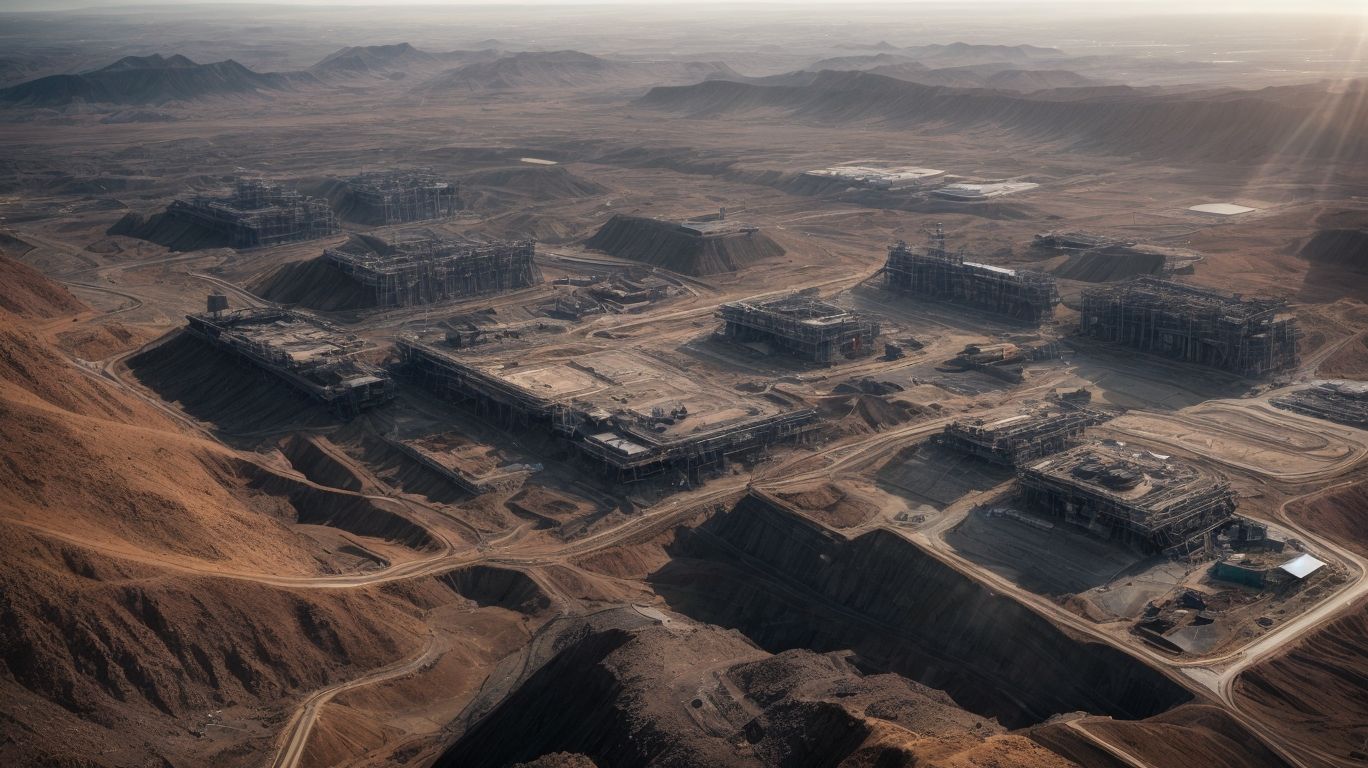
Photo Credits: Miningresume.Com.Au
As the demand for natural resources continues to rise, the mining industry is constantly evolving and expanding. With this growth, it is projected that the world’s largest mines will continue to increase in size and production. In this section, we will discuss the future projections for these mines, including their expansion and development plans, technological advancements, and potential environmental and social impacts. By examining these factors, we can gain a better understanding of the future of the world’s largest mines.
1. Expansion and Development Plans
Conduct comprehensive research on the current market trends and demands.
Assess the financial feasibility and potential risks involved in the expansion or development plans.
Engage in stakeholder consultations to gather diverse insights and perspectives.
Develop a strategic timeline and action plan for the execution of the expansion and development plans.
Invest in advanced technologies and innovations to optimise production and efficiency.
2. Technological Advancements
Technological advancements play a pivotal role in enhancing productivity and safety in mining operations. Innovations like autonomous haulage systems and real-time data analytics streamline operations and minimize human intervention in potentially hazardous environments. Additionally, advanced exploration technologies aid in the discovery of new mineral deposits, contributing to the sustainability of mining activities.
3. Environmental and Social Impact
- Assess environmental impact: Evaluate the mine’s effect on air and water quality, wildlife habitats, and land use.
- Address social impact: Consider the mine’s impact on local communities, including employment opportunities, cultural heritage, and infrastructure development.
- Implement mitigation measures: Develop and execute plans to minimize environmental disturbances and uphold social responsibility.
- Engage stakeholders: Collaborate with local communities, environmental groups, and regulatory bodies to address concerns and ensure sustainable practices.
Frequently Asked Questions
1. What is the forecasted total capital expenditure in the mining industry for 2024? The total capital expenditure in the mining industry for 2024 is expected to decrease by approximately $1.26 billion, according to data from the Mine Economics product and global estimates.
2. How is the decrease in total capital expenditure attributed? The decrease in total capital expenditure is attributed to construction delays, operators focusing on late-stage or minesite projects, and a comparative lack of new projects transitioning from approval to build.
3. Which commodities are expected to have a positive outlook and be insulated from the downward trend in total capital expenditure? “Green” metals like lithium and cobalt are expected to have a positive outlook and be insulated from the downward trend in total capital expenditure.
4. What is the projected reduction in total capital spending between 2023 and 2027? The projected reduction in total capital spending between 2023 and 2027 is expected to be 25.5%.
5. Which sector is expected to buck the general downward trend in total capital expenditure? The iron ore sector is expected to buck the general downward trend, with a positive outlook for Guinea’s Simandou project.
6. Which regions are forecasted to receive the most development investment in 2024? Africa, Latin America and the Caribbean, and the US and Canada are the regions forecasted to receive the most development investment in 2024, each accounting for approximately 25% of the total spend.

